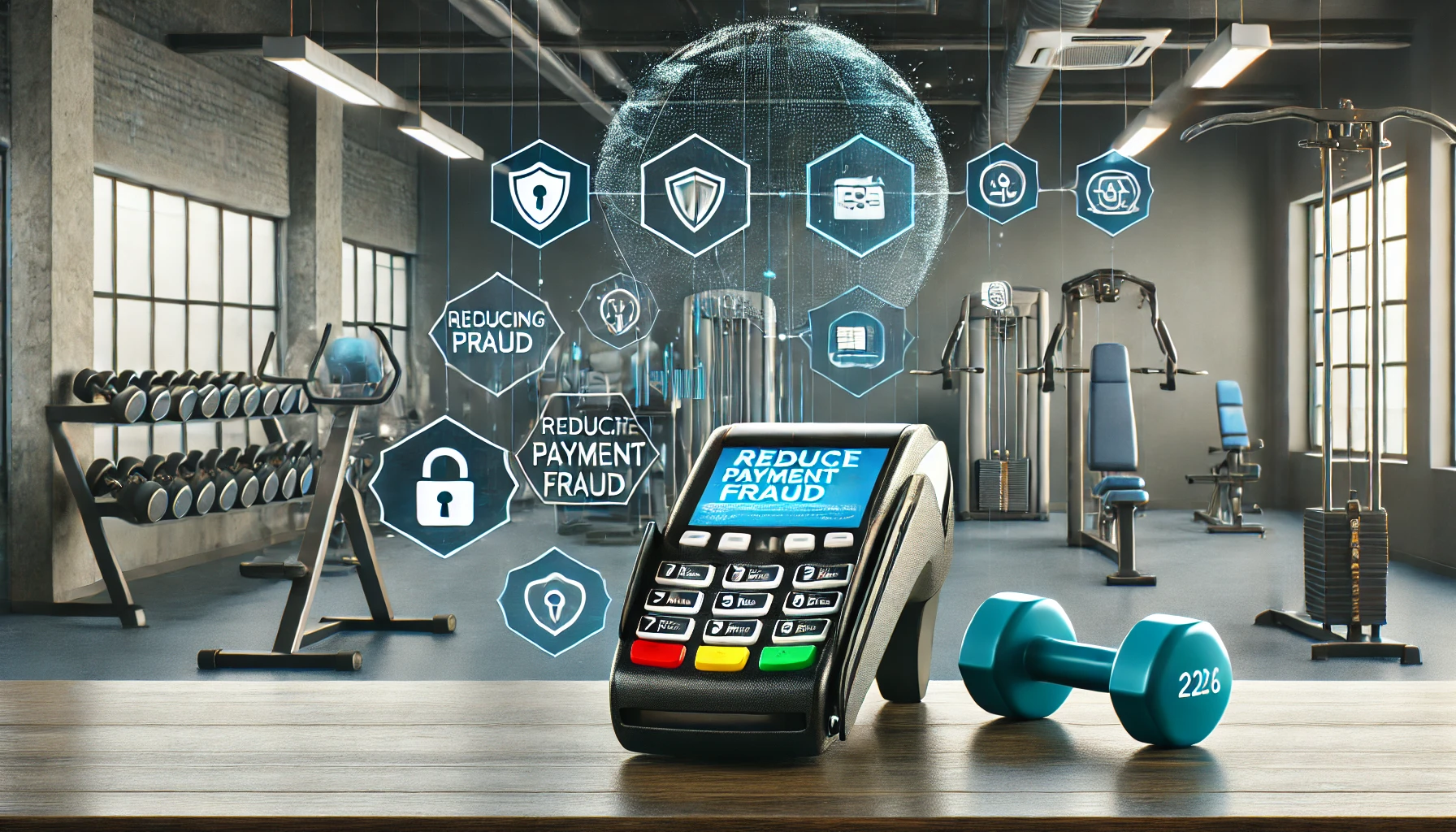Payment fraud is a growing concern in the fitness industry. With the rise of digital transactions, online memberships, and automated payments, fitness centers face various challenges in safeguarding sensitive financial information. Fraud can lead to financial losses, damaged reputation, and a loss of trust among members. Therefore, it’s crucial for...
